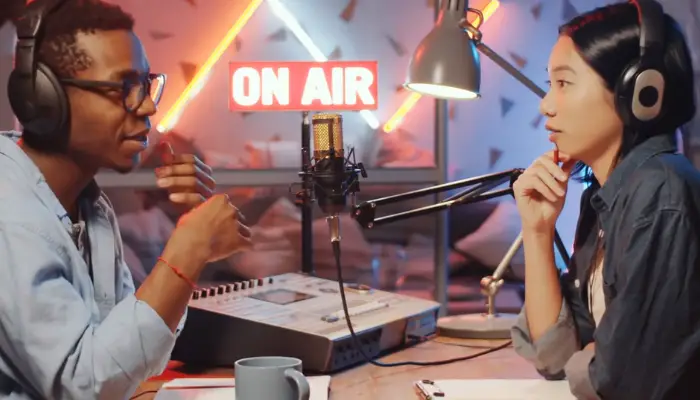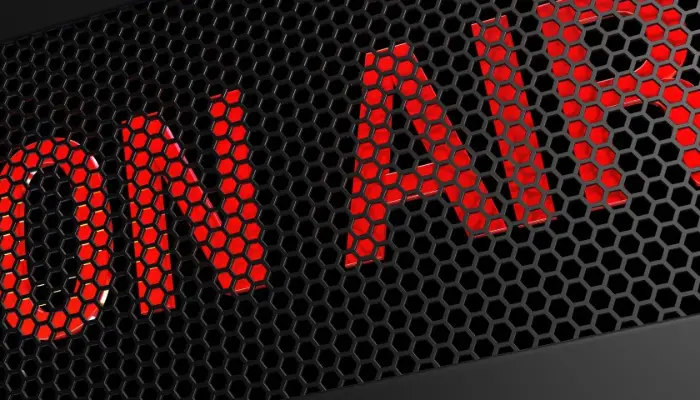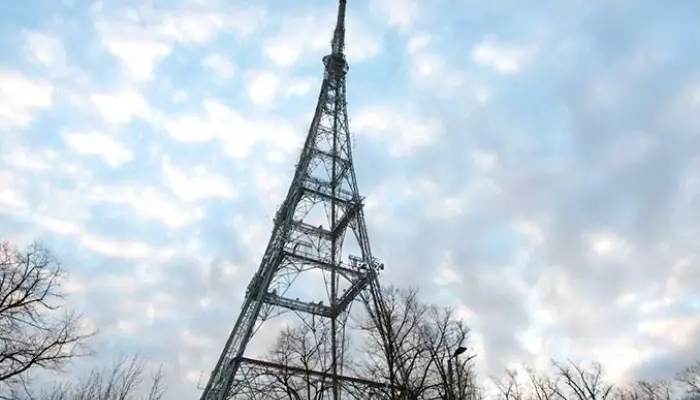In the face of change, radio survives because it continues to adapt.
Ever since its inception over 100 years ago, commentators have speculated about the longevity of broadcast radio. Time and time again, radio has delivered for its audiences and remains our constant companion. Even in the face of a global pandemic, as commutes disappeared and office radios were switched off across the country, the UK still tuned in
Indeed, if the most recent RAJAR results have taught us anything, it’s that radio is resilient and heavily relied upon. The total average number of weekly hours listened to in the last quarter was more than 1 billion. A staggering 89% of the population tune in to radio every week.
In the face of change, radio survives because it continues to adapt. It undoubtably now lives well beyond the radio set, as its unique audience proposition has been transformed with new brands and services. One of the most seismic shifts in its evolution was the introduction of digital radio in 1995, when accessing radio content became more flexible than ever. However, despite its dominance, there are misconceptions around its place in the audio landscape.
Here, Helen Knight, Head of Strategy at Arqiva, puts the spotlight on digital radio.
IP streaming is not swallowing up DAB radio listening
There’s no doubt that digital radio is thriving. Currently 72% of all adults listen to digital radio and it accounts for 64.4% of all listening hours. But there’s a common misconception that digital radio equals IP, feeding into the belief that streaming services are taking up space previously occupied by live digital audio broadcast (DAB) listening.
DAB is the most listened to digital platform
This is far from the case. In fact, DAB is the most listened to digital platform and it is included in the statistics reported by RAJAR under “digital radio”. DAB delivers 42% of all digital radio listening, more hours than FM/AM (analogue radio) combined. From tuning in via the car radio or your bedside radio alarm clock, DAB channels continue to account for an overwhelming majority of digital radio listening hours. Even in environments like in-car, DAB is at the fore, accounting for nearly 50% of listening versus 6.4% via an app using a smartphone.
Young people are not tuning out
While every medium has challenges with younger audiences, radio is weathering the storm. As the radio industry navigates the new behaviours of Generation Z, broadcasters have seized the opportunity to launch distinctive digital-only stations to target new audiences and younger demographics.
The most popular digital-only station, BBC 6 Music, reaches over 2.6 million listeners each week, and KISSTORY, the most popular commercial variant, has a similar listenership of 2.3 million
The consistently strong performance of digital platforms over the past few years has undoubtably been boosted by the launch of a number of digital stations. The most popular digital-only station, BBC 6 Music, reaches over 2.6 million listeners each week, and KISSTORY, the most popular commercial variant, has a similar listenership of 2.3 million. What’s more, despite slightly slowing figures in younger age group listening hours across all radio, three in four people aged 15 to 24 tune in every week.
Smart speakers are not taking over
Since their spike in popularity, many have wondered whether smart speakers are killing the radio star. The age of early adoption is over, with smart speakers now found in more than half of UK homes. And while many assumed that these devices have replaced the radio set thanks to their integral position in and around the home, research shows people are clearly saying “Alexa, put on the radio”.
Total live radio listening on smart speakers represents a 72% share of audio consumption on these devices, an increase of 8% since spring 2020. This compares with only 24% for music streaming.
The future of radio is bright
The recent renewal of National Commercial Digital Radio multiplex licences to, at least, 2035 further underscores the importance of radio going forward
Radio has an exciting future ahead. Only recently the government has pledged its commitment to the platform through the DCMS led Digital Radio and Audio Review, which highlights the continued importance of DAB and states confidently that the platform will continue to deliver over 50% of all live radio listening into the 2030s.
The recent renewal of National Commercial Digital Radio multiplex licences to, at least, 2035 further underscores the importance of radio going forward. This will provide national commercial radio operators with long term certainty and give them confidence to invest in national digital services.
Despite its challengers, DAB remains critical in delivering world leading radio content to UK audiences. At Arqiva, we are excited about what is next for radio and look forward to helping the industry shape its future.
Views

Talent Makes Radio Flow

Broadcast radio listening to remain strong until at least 2030

Digital Radio: The new normal in the UK - Coverage
